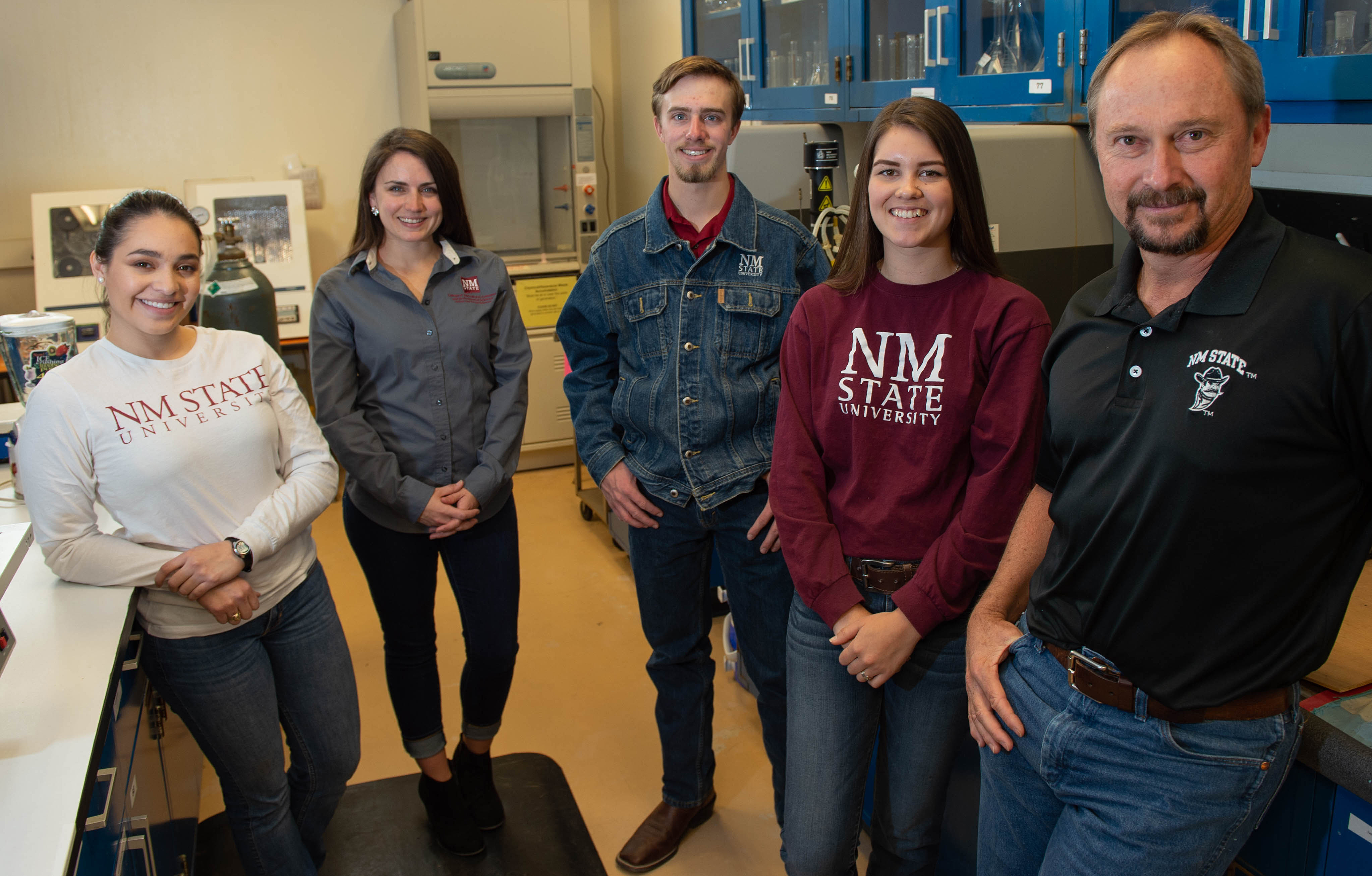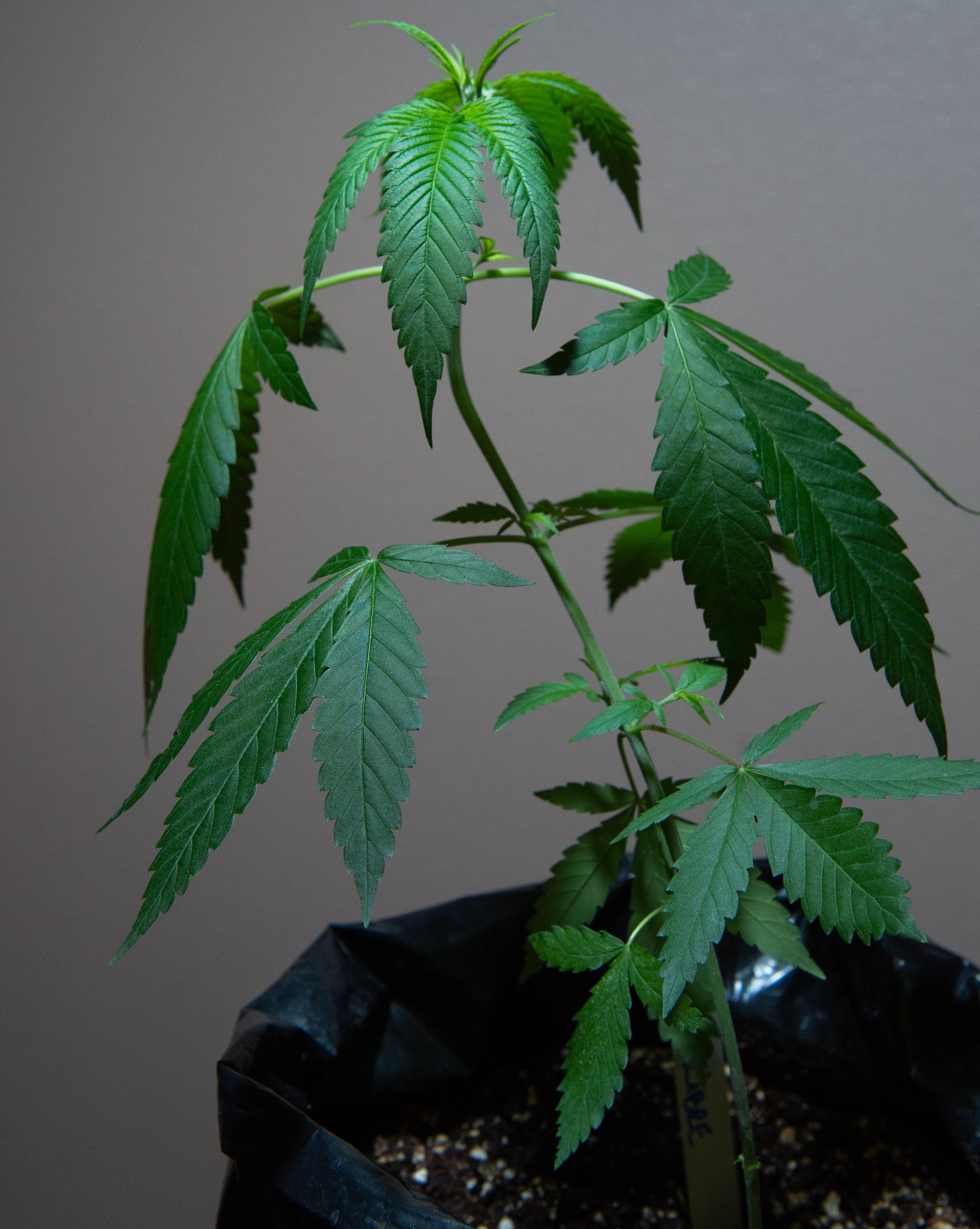NMSU to develop Center of Excellence on Sustainable Food and Agricultural Systems


Treating inflammation in livestock by supplementing their diet with capsaicin-rich chile peppers. Using industrial hemp to suppress the growth of weeds and soil-borne pathogens. These are potential examples of value-added agriculture that may become a reality as the College of Agricultural, Consumer and Environmental Sciences at New Mexico State University works to develop a Center of Excellence on Sustainable Food and Agricultural Systems at NMSU.
The center, or CESFAS, proposed by New Mexico Gov. Michelle Lujan Grisham, will be developed in association with General Obligation Bond D, which voters passed by a margin of more than 65 percent in November 2018. The vision is to build a sustainable, vibrant food and agricultural economy in New Mexico through value-added research and education.
“Value-added agriculture will help grow New Mexico’s economy,” College of ACES Dean Rolando A. Flores said, “and NMSU’s Center of Excellence on Sustainable Food and Agricultural Systems will be a driving force for that growth.”
Natalie Goldberg, interim associate dean and director of the college’s Agricultural Experiment Station, said, “Developing the CESFAS will sustain New Mexico’s vibrant food and agricultural systems long into the future, and will support the College of ACES’s four pillars of economic and community development.”
The chile pepper-livestock research, which is ongoing, and the hemp research, which remains in the proposal stage following the legalization of the plant last year, are among the proposed areas of work for the new center. Other proposed areas include: nutraceutical and functional foods; specialty markets for meat and produce; food safety and food security; valued-added textiles, value-added agribusiness and agricultural supply chain entrepreneurship; food, agriculture and natural resource policy; agricultural and culinary tourism; and sustainable water systems.
The chile pepper-livestock research and the hemp research will be some of the central components of the new center once in operation.
Clint Löest, animal nutritionist and professor of animal and range sciences, and his graduate students are exploring an alternative strategy to improve livestock health. Each year, diseases in cattle cost the beef industry in the United States an estimated $600 million, and there’s growing pressure from consumers to minimize drug use with alternative methods. Their research involves evaluating the efficacy of chile pepper capsaicin as an anti-inflammatory for livestock.
“If capsaicin is effective at reducing inflammation,” Löest said, “then supplementing livestock diets with chile peppers could reduce traditional anti-inflammatory drug use and increase the market for culled chile peppers by $10 million annually, a win-win situation for the chile pepper and livestock industries.”
The current research builds on previous value-added agriculture studies involving chile peppers and livestock. In a 2004 study, NMSU researchers found that cows preferred a diet containing 20 percent chile pepper byproducts over a corn silage-based diet without chile.
Chile pepper byproducts, such as culled pods, peels, veins, leaves, seeds and stalks, offer many benefits. They’re highly nutritious, containing more protein and minerals than corn silage, a major source of feed for dairy cattle in New Mexico, and they’re widely available at little to no cost. Nationwide, the process of peeling, deseeding and deveining chile peppers yields more than 30 million pounds of byproducts every year.
As for the current research, Löest and his students are still exploring ways in which capsaicin can be used to treat inflammation in ruminants. Similar studies have shown success in non-ruminants, Löest said, but animals with rumens, such as cattle, present different challenges.
“We’ve done two or three studies already, but we could not duplicate what they found in non-ruminants,” he said. “We discovered it’s possibly because the rumen is destroying the capsaicin. We have to now rethink how we’re going to protect the capsaicin that’s in the chile.”
NMSU researchers also plan to study the value-added properties of hemp at the new center of excellence, following the plant’s legalization in 2018.
Earlier this year, researchers outlined their hemp research and education proposals in a white paper. The report identified five areas of hemp research expertise and interests and called for the development of a comprehensive Hemp Research and Extension Center at NMSU, projected to cost an estimated $9.1 million over four years.
The areas of interest included a value-added agriculture component.
“Hemp could have many practical uses throughout New Mexico,” Dean Flores said. However, he stressed that hemp research at NMSU would not happen immediately because it needs funding.
“The College of ACES has the capabilities and the expertise to help industrial hemp producers in New Mexico become profitable and sustainable, but we will need to fund our research,” he said.
Still, there’s enthusiasm about hemp’s potential in value-added agriculture. In the proposal, researchers said NMSU could help producers maximize use of the entire plant and extract useful proteins, oils and antioxidants from the seeds. Hemp proteins, for example, could be used in functional foods, nutraceuticals and extruded snacks and aquaculture feed.
Among other applications, hemp also could help absorb heavy-metal from soil and suppress weeds and soil-borne pathogens. Additionally, hemp could be an excellent source of protein, making it a competitive alternative with ethanol industry co-products and animal byproducts.
NMSU also hopes to identify hemp industries with the greatest potential for economic profitability and sustainability, and help producers understand potential costs and returns associated with hemp production, according to the proposal.


